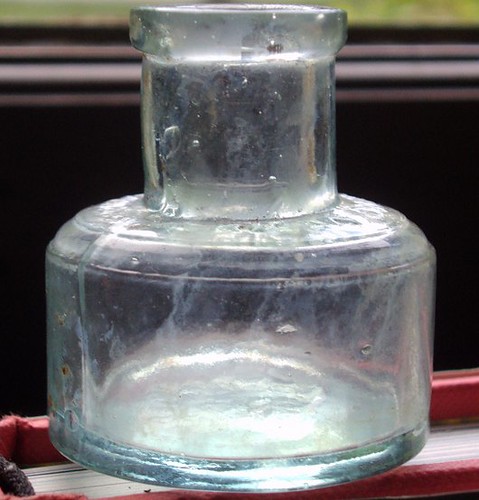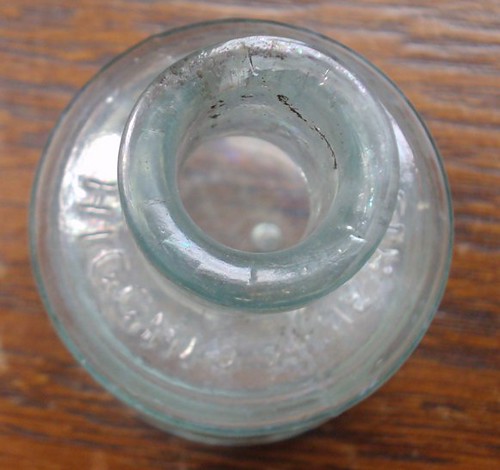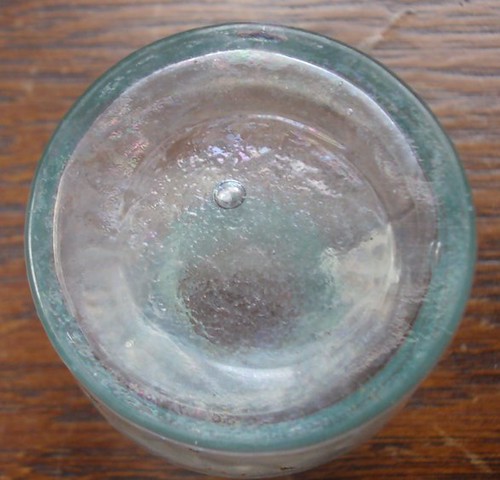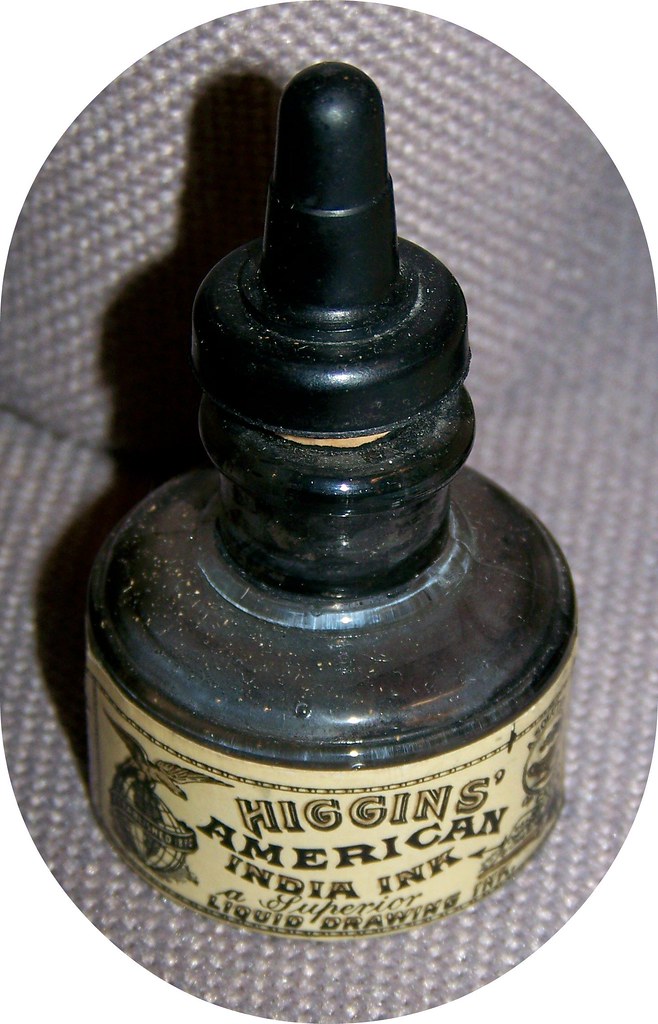swizzle
Well-Known Member
It's a wedgie plucker. Back in those days when women sewed unders out of flour sacks the wedgies were much harder to pluck from a set of uptight cheekers so they invented these to yank 'em out for ya. That's also where we got the expression to, "Smack 'em in the biscuits!!" [ ]
]








